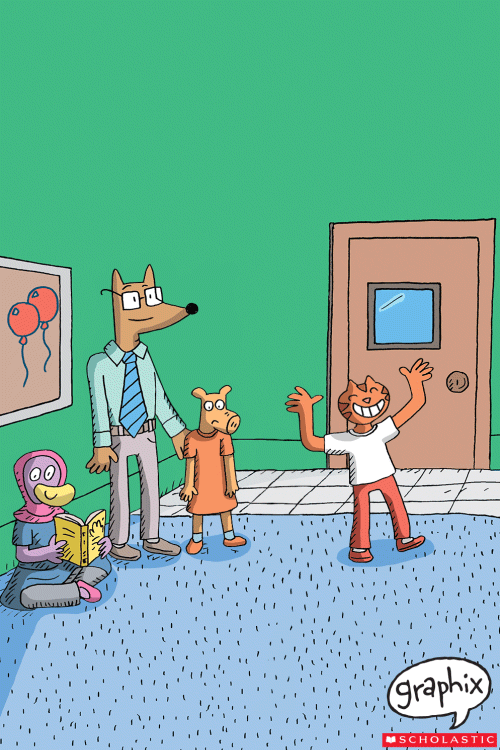Take a deep breathe in and out and picture where your happiness comes from. Hold that picture in your mind for 5 slow breath cycles. Reflect on your thoughts. Most likely your happiness is rooted in a fulfilling job, acceptance into a group of friends or like minded individuals, and the freedom to make choices in your life. Those same basic sources of happiness that are readily available for all if we choose them are frequently sources of struggle and disconnect in the lives of individuals with ASD.
At Hopkins Education Services we focus on solutions for individuals with ASD. Solutions to aid youth in feeling more connected and take the steps to shift into a more success-focused mindset.
In my last blog posting I discussed the problem of disconnection that many youth with ASD experience when they are not working or enrolled in higher education upon graduating from high school. This feeling of isolation can feed into other social anxiety issues that they struggle with in addition to Autism Spectrum Disorder. The National Autism Indicators Report: Transition into Young Adulthood provides insightful information into the additional physical and mental health issues that individuals with ASD often encounter.
The following table displays information based on the Survey of Pathways to Diagnosis and Services study of 15-17 year olds with ASD.

The data is clear when it shows that individuals with ASD also struggle with ADD/ADHD and anxiety which easily become obstacles to success and independence. How exactly does this affect their quality of life? In this blog posting I will focus on a common struggle: Anxiety.
Dealing with anxiety is actually something that many young adults with or without ASD experience. An example of this would be having a desire to
attend an event in the city, but also having a fear of driving in traffic, parallel parking, or bad weather. When not overcome with anxiety a brain would rationalize that the event will bring us more happiness/joy than the trip would cause frustration/pain and we would venture into the city for our event and enjoy it. This is a growth mindset at work, able to make sound judgements and take appropriate risks for valued rewards.
When a brain is overcome with anxiety the event is not worth the frustration and agony that the trip into the city will cause and it will not be enjoyable. This fixed mindset is limiting and keeps individuals at home, fearful of what could ‘possibly go wrong’, and not taking the appropriate effort/risks needed to , learn, grow, and fully enjoy life.
Where does your mind tend to go? Fixed or Growth? It is possible to fall someplace in-between. Anxiety complicates mindsets and tends to align with the fixed mindset.

The example above displays the fight or flight processes at work within our brain. In a brain that is struggling with anxiety, the flight option is chosen more often than the fight, limiting the individual’s options of participating in enjoyable activities. In a rigid (fixed) brain of an individual with ASD who is also struggling with anxiety the flight option is their primary ‘go to’ option. This means many enjoyable activities are not realized because of the overwhelming feelings of anxiety that accompany them (it is not worth the effort).
The limitations of anxiety for youth with ASD extend far beyond the inability to enjoy social events. If not addressed properly it can become a form of learned helplessness for an individual with special needs. This debilitating anxiety can limit one’s job and career options, even one’s ability to sustain meaningful relationships. For young adults with ASD, quality of life suffers when their fixed brain chooses the flight option, allowing limiting beliefs to take over.
So now that we understand how anxiety and limiting beliefs can affect quality of life, what are the next steps? How is the cycle broken so that the comfort zone can be expanded for learning and growth to happen?



















